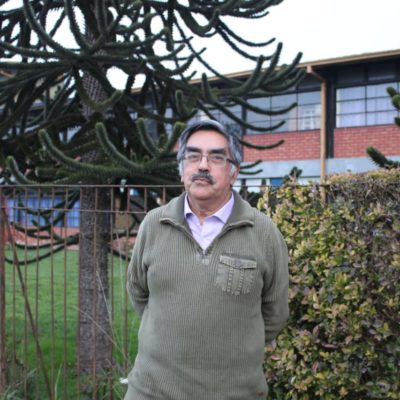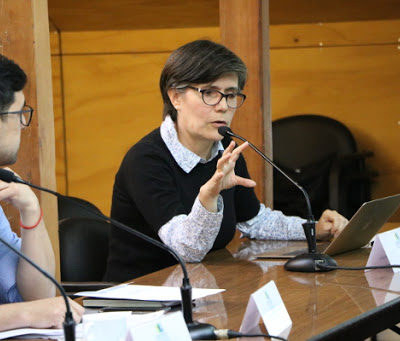Walking along General Lagos Street in Valdivia is to know part of the rich heritage and history of the city. Its sidewalks are bordered step by step with period German houses, the Torreón Los Canelos and, of course, the Universidad San Sebastián and the Miraflores Campus of the Universidad Austral de Chile, which have given it a unique student life over the years. It received its current name in the 80’s of the 19th century, as explained by the Academic Director of the USS, Lorena Liewald: “previously and depending on the stretch it was known as “Cantarranas” or “Del Hualve”, as it corresponds to an area of marshy character. It was also known as “Canelo”, a name that during the first years of the 20th century was adopted by the urban sub-delegation corresponding to the sector”. She adds that the area of “Los Hualves”, behind the city wall, began to be incorporated at the end of the 18th century: “In 1798 the wall was partially demolished (Muro de Duce) to occupy the surroundings, however, the beginning of the Wars of Independence stopped this process. It was during the second half of the 19th century that the city definitively began the expansion of its urban limit, which, at the end of the century, covered from Punta de Rieles to the sector of the Haverberck Islet”, she explains.
UNIQUE
But what makes it so typical? Lorena Liewald says: “a first answer can be linked to the architecture that runs through it. In it we find the vestiges of the German colonial and industrial past, such as the Eherenfeld Chimney, built in 1919. Along with the above, General Lagos, has a shared peculiarity that gives it a special stamp, such as its two old water reservoirs on the western sidewalk. In the Orella passage we find “La Peña” and if we extend a little to the beginning of Arica Street we can find the old water tank of “La Muñeca”, Liewald explains.
The historian notes that these are reminiscent of the past when there were no bridges and both allowed connectivity between different parts of the city, exclusively by water. In fact, she emphasizes that, depending on the climatic conditions, the basins were in themselves an adventure because they had a capacity for only six people and in times of rain their work was not interrupted. “The inhabitants of Collico, Isla Teja or Las Ánimas, among other neighborhoods, daily went to their places of work, gaining much importance the different docks that received those who worked in the sector of the “Barrios Bajos”, place in which were located shoe industries, tanneries, shipyards and the first electric company of the city. In addition to this, there was the development of a large commerce to supply the needs of those who moved along the river. That was the whole that gave life to General Lagos, this long street that meanders along the course of our river”, she concludes.







